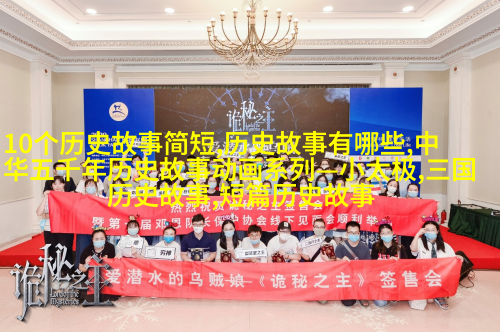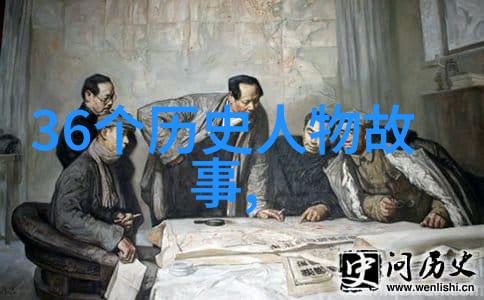在中国古代,封建社会是长期存在的一个社会制度体系。其中,从秦朝到汉朝这两个王朝,它们对后世产生了深远的影响。作为初一学生,我们需要了解这些知识点,这些知识点不仅能够帮助我们理解历史,还能增强我们的文化底蕴。

秦朝的建立与特点
秦始皇统一六国后,建立了大秦帝国,他实行了一系列中央集权措施,如统一度量衡、钱币、法律等,使国家更加集中和稳定。他还兴修长城,加强边防,以抵御外来侵略。

秦朝的灭亡原因
尽管秦始皇实现了政治上的统一,但他的残酷政策如坑儒、焚书令以及征兵制度激起了民众和士族阶层的大规模反抗,最终导致了楚汉战争中的丧失。

汉武帝时期改革
汉武帝时期进行了一系列改革,如变法整顿吏治、发展农业生产等,这些措施使得汉朝在经济上有所发展,并且巩固了自己的政权。

汉高祖刘邦的事迹
刘邦起义军领袖,对抗的是项羽,他们最终通过战胜并消灭敌人取得胜利,成为西汉开国皇帝。他的政策宽松平民化,减轻税收,有助于巩固其政权基础。

西汉与东汉比较分析
西漢以文景之治著称,而东漢则被认为是“五行之乱”后的混乱时期。这两段时间对于理解整个封建王朝具有重要意义,因为它们展现出不同的治理模式及其结果对国家发展影响大小不同。
历史人物简介:孔子与老子
孔子的思想主要体现在《论语》中,他提倡仁爱、礼仪,同时也提出德性教育;而老子的思想则体现在《道德经》中,他主张顺应自然,不争斗争,是当时重要哲学家之一,其思想对后世影响巨大。
传统节日与习俗:春节、中秋佳节及孝道精神
春节代表着新年,人们回家团聚庆祝;中秋佳节则是月饼相送,与亲朋好友共享喜悦。此外,“孝道”精神,即尊敬父母,是中华民族传承至今的一种价值观念,它体现在家庭关系和社会行为上,为维护良好的社会秩序做出了贡献。
8 知识点汇总:快速记忆方法让你轻松过关
为了更好地掌握这些知识点,可以尝试以下几种记忆技巧:
利用联想法,将复杂的事实联系起来,使其易于记忆。
画图法,将关键事件或人物画成图形,便于视觉记忆。
创造故事,用故事形式将事实串连起来,让信息变得生动有趣。
9 结论:
从秦到Han Dynasty, these two dynasties had a profound impact on the history of China and the development of Chinese culture as a whole.
Through their policies, reforms, and cultural achievements, we can see how they shaped the country's social structure, political system and cultural landscape.
As students in primary school, it is essential for us to understand these historical events so that we can appreciate our heritage and develop a deeper understanding of our nation's past.
By studying the histories of Qin and Han Dynasties, we gain valuable insights into how societies have evolved over time and what factors contribute to stability or instability within them.
Moreover, this knowledge allows us to better comprehend contemporary issues related to governance, politics and society by drawing parallels between ancient times and modern-day challenges.
In conclusion,
10 人物事件对比分析——提升你的历史思维能力
Comparing historical figures or events with each other helps us understand their roles in shaping history better.
For instance,
Qin Shi Huangdi unified China under one rule but his harsh policies led to rebellion against him.
Liu Bang (Han Gaozu) was an ordinary man who rose from obscurity through revolution.
Their contrasting personalities reflected different leadership styles which affected their reigns' outcomes.
This comparison enables us not only recall specific facts but also grasp broader concepts such as political systems' effectiveness based on leadership styles.
In summary,
by analyzing various historical characters through comparisons like those mentioned above,
we enhance our critical thinking skills in evaluating information from diverse perspectives—skills highly relevant today when considering multiple viewpoints before making decisions or forming opinions about current events or situations in personal life.
Thus studying Qin-Han dynasty history offers more than just memorizing dates; it fosters a well-rounded understanding of human actions affecting societal developments throughout centuries while refining analytical capabilities for future applications.
From Qin to Han: A Comprehensive Overview of Ancient Chinese History



